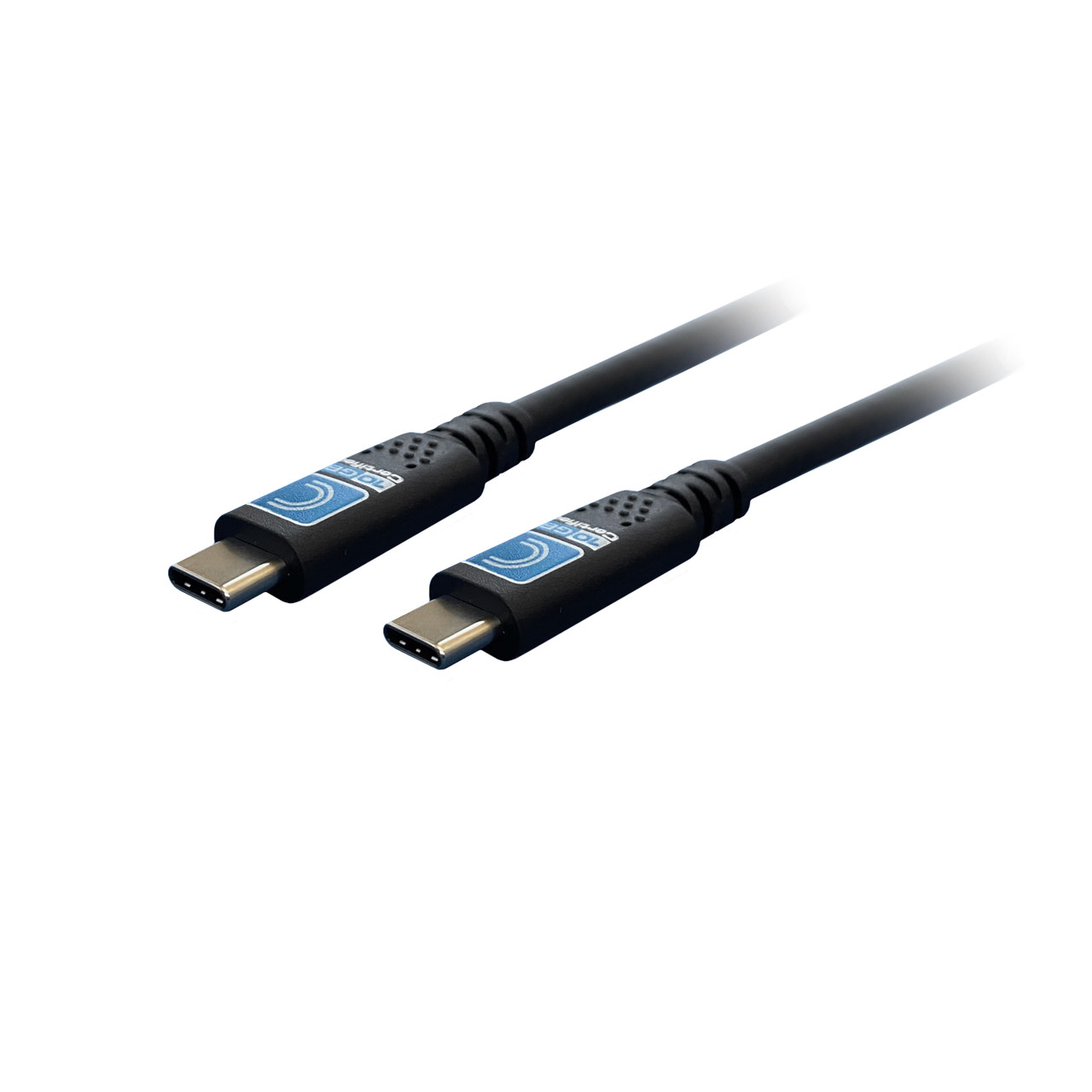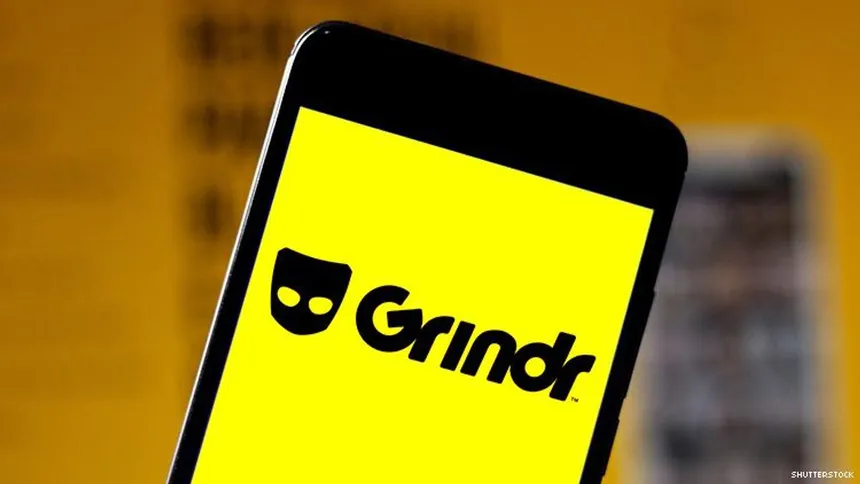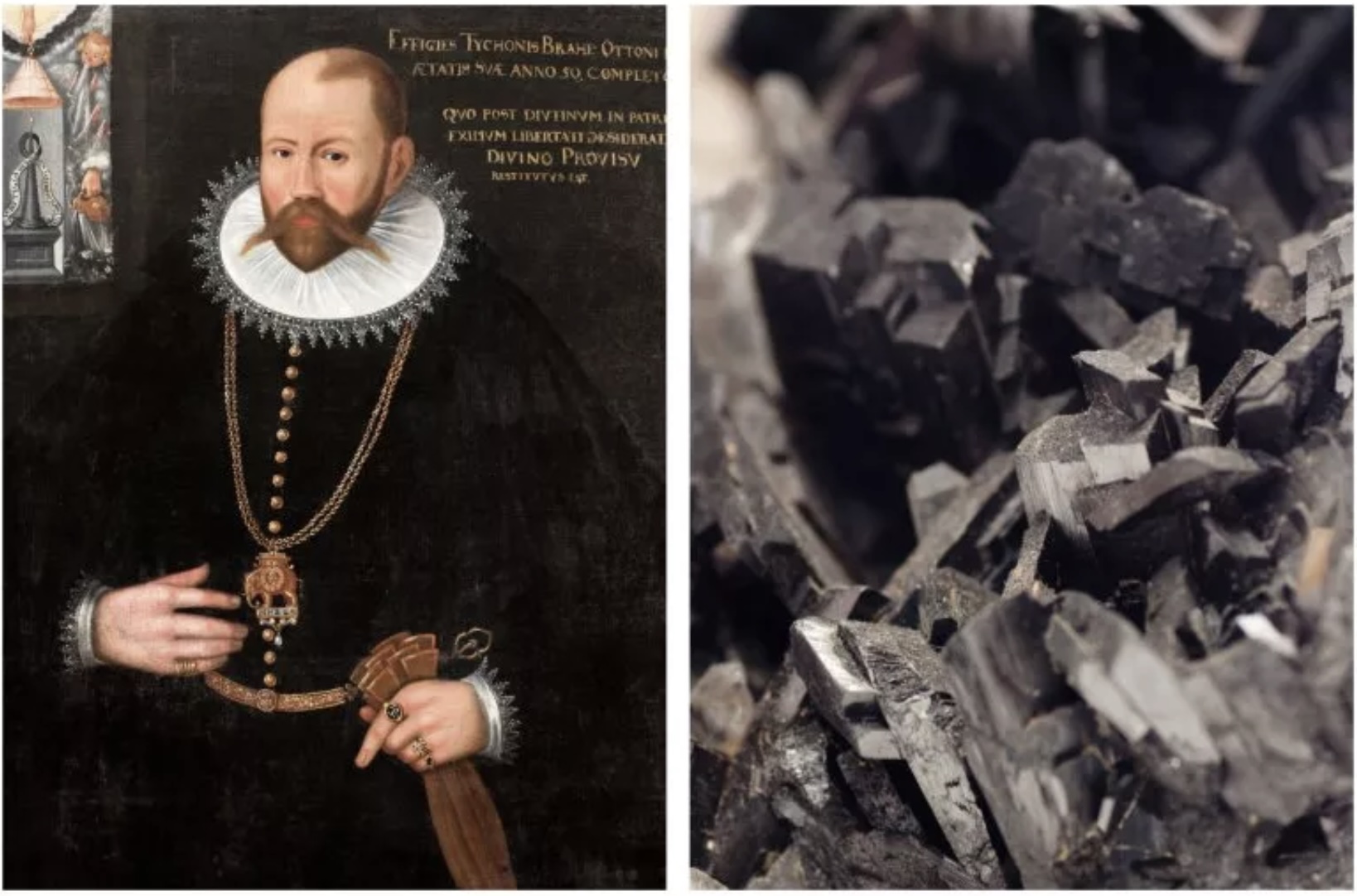Do all USB-C cables possess identical features? This was our query upon encountering two distinct Amazon Basics variants, one priced around $9 and the other at $19. Are we receiving the same quality with the cheaper USB-C cable, or does the higher-priced one offer additional benefits? To complement our accompanying piece on purchasing USB-C cables, we conducted tests on both the $8.62 Amazon Basics cable and its $18.99 counterpart to discern their differences. Applying consistent criteria for charging speed, data transfer rate, and display connectivity, we found instances where the more expensive cable justified its price, as well as scenarios where the cheaper alternative proved equally sufficient. Continue reading for further insights.
CLEAR PHYSICAL DISPARITIES
Several notable physical distinctions exist between the cables themselves. Discerning the weight and thickness of each cable is challenging without direct comparison, as we've undertaken. The 6-foot cable priced at $8.62 weighs merely 38 grams, contrasting with the 86 grams of the $18.99 6-foot Amazon Basics cable.
While the sheathing contributes to this variance in weight, a portion of it also stems from the additional wires inside and the gauge of those wires. These differences become evident when the cables are coiled, as depicted in the image below, with the economical cable on the left and the pricier one on the right.
CHARGING EFFICIENCY EVALUATION
To assess cable performance under load, we employed an Aukey 100-watt multiport GaN charger to power an Asus ROG Strix G15 gaming laptop via its USB-C port, concurrently monitoring power consumption with a watt meter. While most slim and lightweight laptops typically don't demand the full 100-watt charging capacity of USB-C, the Asus ROG Strix G15, tailored for gaming, notably does.
Regrettably, the high-cost Amazon USB-C cable disappointed in this aspect. Despite its substantial build, the cable's maximum charging capability reaches only 20 volts at 3 amps, equating to 60 watts. This aligns with the specifications of its internal E-marker chip and Amazon's advertised claims. However, we've encountered several lesser-known brands that exceed the standard 60-watt charging rate at more competitive prices, making Amazon's conservative approach surprising for a $19 cable.
Given that the pricier cable offers no discernible advantage in charging speed, it's challenging to rationalize its purchase solely for basic charging needs.
Winner: The remarkably affordable Amazon cable. Since the performance is comparable, why pay more?
DATA TRANSFER
For those seeking a cable that can handle both charging and data transfer tasks intermittently, the clear victor is the slightly pricier but sturdier Amazon cable. Its additional bulk and weight accommodate extra wires, enabling faster data transfer rates.
To evaluate transfer speeds, we utilized an Asus ROG Strix Arion M.2 enclosure (available for $57 on Amazon) housing a WD Black NVMe SSD. We employed the Crystal Disk Mark 8.0 benchmark, setting a queue depth of 8 and a single thread. The Arion boasts a USB 3.2 Gen 2 rating, translating to 10Gbps, which doubles the speed of the more expensive cable rated at USB 3.2 Gen 1, or 5Gbps.
As anticipated, the budget-friendly cable delivered a sluggish performance, clocking in at USB 2.0 speeds of 480Mbps, equivalent to a read speed of 43MBps. This is typical for inexpensive cables lacking the additional wiring and e-Marker chip necessary for higher USB transfer speeds.
Contrary to its modest specifications, the pricier Amazon cable demonstrated remarkable performance, fully leveraging the capabilities of our ROG Strix Arion, achieving throughput exceeding 1,000MBps. This suggests that its 5Gbps rating is quite conservative.
An intriguing aspect of the more expensive 6-foot Amazon cable is its lack of mention of Thunderbolt support in its specifications. However, user comments suggest that Amazon once claimed Thunderbolt 3 compatibility. Despite this ambiguity, we successfully tested it with a G Drive Thunderbolt 3 drive using an MSI Prestige 14 laptop, yielding a performance of approximately 1.8GBps, consistent with other 6-foot cables tested.
While commendable, this performance falls short of the 2.8GBps achievable with an actual 40Gbps Thunderbolt 3 cable.
Verdict: The $19 Amazon cable is the clear winner, surpassing its competitors by a significant margin.
DISPLAY CONNECTION
USB-C offers a convenient feature known as "alternate mode," enabling the connection of your PC to a monitor through the additional wires within a USB-C cable utilized for high-speed data transfers. However, a low-quality USB-C cable is insufficient for this purpose. In contrast, a more expensive $19 cable proved flawless in supporting a 1080p monitor at its native 240Hz resolution, akin to 4K UHD data rates. The clear victor is the $19 cable, primarily due to its reliable performance.
CONCLUSION
Clearly, the $19 Amazon Basics USB-C cable emerges as the more capable option, catering to all scenarios. However, it falls short of achieving 100-watt charging speeds, making it less ideal for high-powered laptops like the Apple MacBook Pro 16 or Dell XPS 15. Nevertheless, it performs admirably for laptops with lower power demands.
As for the runner-up, priced at a mere $8.62, it serves its purpose. If your requirement is simply a USB-C charging cable for your tablet or phone, particularly for casual use on the couch, its affordability makes it a reasonable choice. However, its functionality is limited beyond these basic needs.













0 Comments